Gluten free Popcorn Bread is a really unique treat that is fun to make and to eat! Popcorn flour is a whole grain flour you make yourself – no shopping around at various health food stores to find it!
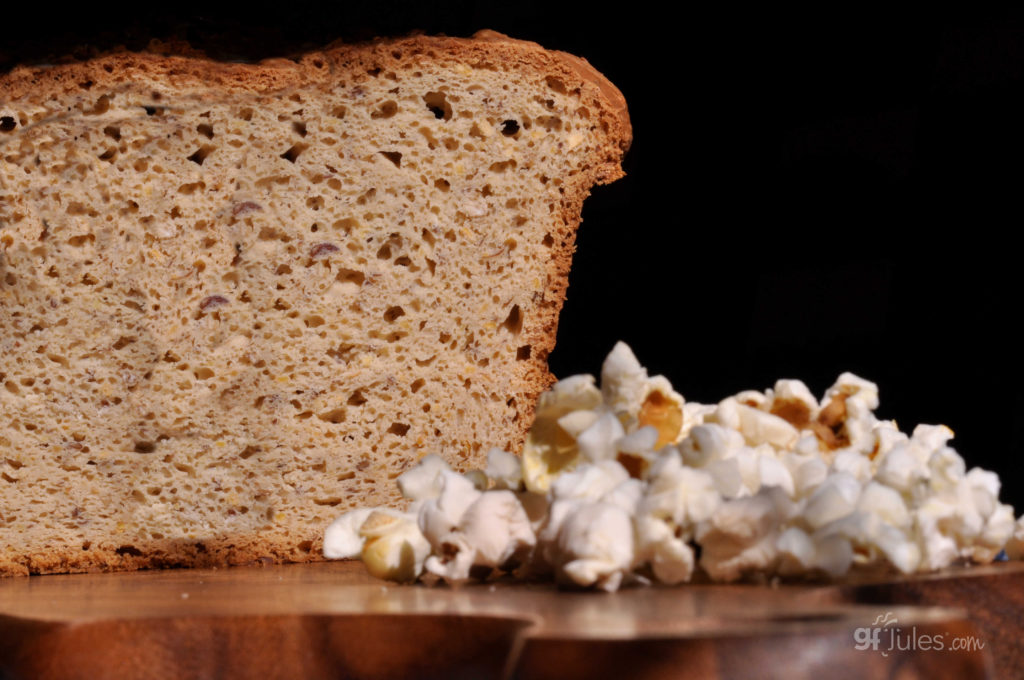
To make it, simply pop your favorite popping corn, then process it in a blender or food processor until the popcorn becomes a fine powder. Some of the kernels will remain in pieces and you’ll see them throughout the finished bread, as well, but that adds to the charm!
In this gluten free popcorn bread, popcorn as a grain offers the benefits of a tasty whole grain flour, but is too airy to support a loaf of bread on its own, so must be combined with other gluten free flours. I’ve given you some options to choose from in the recipe below.
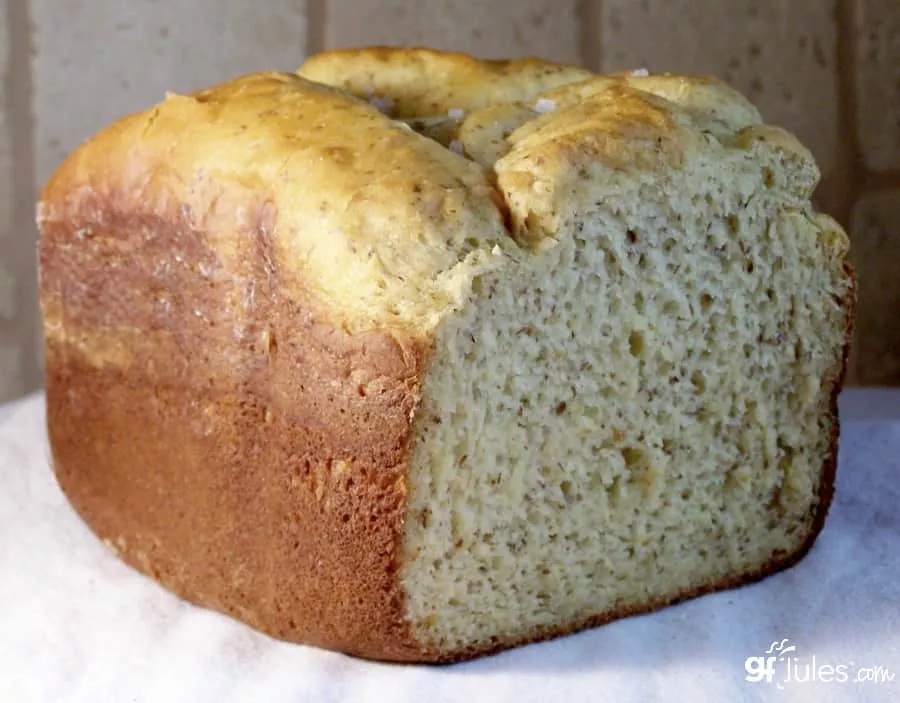
For baking and for munching, homemade air-popped popcorn is another one of my favorite, though often overlooked, gluten free foods. It’s #7 on my list of 22 ideas for a happier and healthier ALL-year gluten free lifestyle. (Look for non-GMO popcorn if you can.)
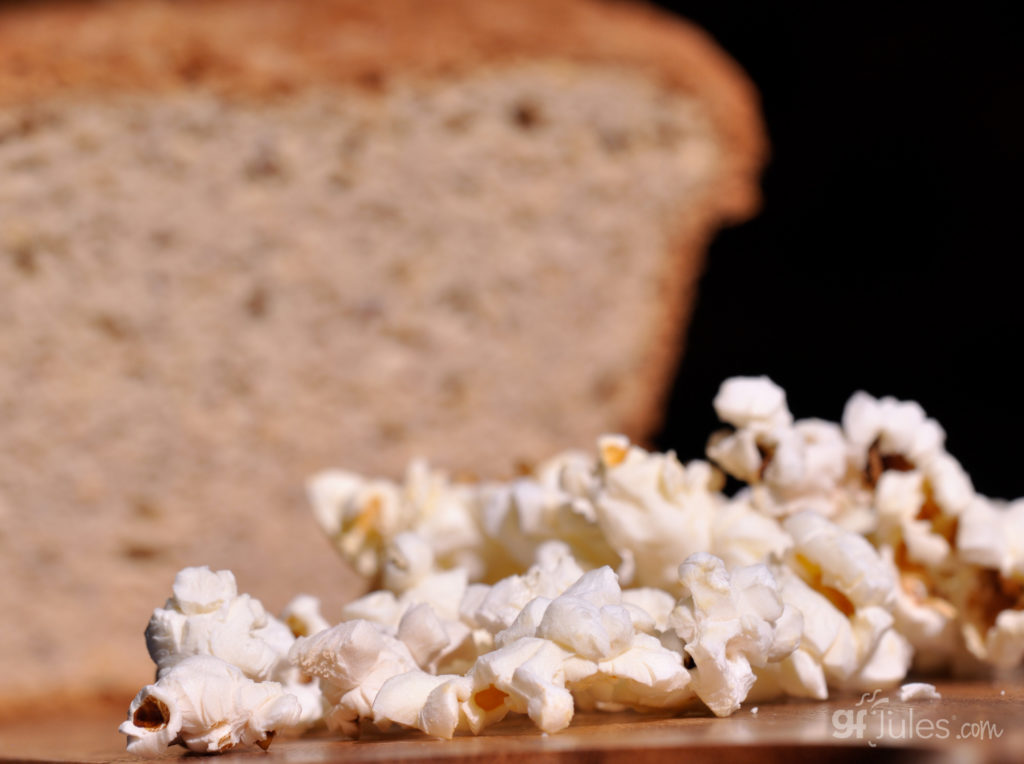
Popcorn is deceptively healthy and quite filling. When made without added excess toppings like movie theater butter and loads of salt, one serving of this snack contains 3 grams of fiber, 3 grams of protein, vitamins and minerals and only about 90 calories!
Here’s the air popper I like to use at home.
So get popping! Snack AND bake with this favorite gluten free grain.
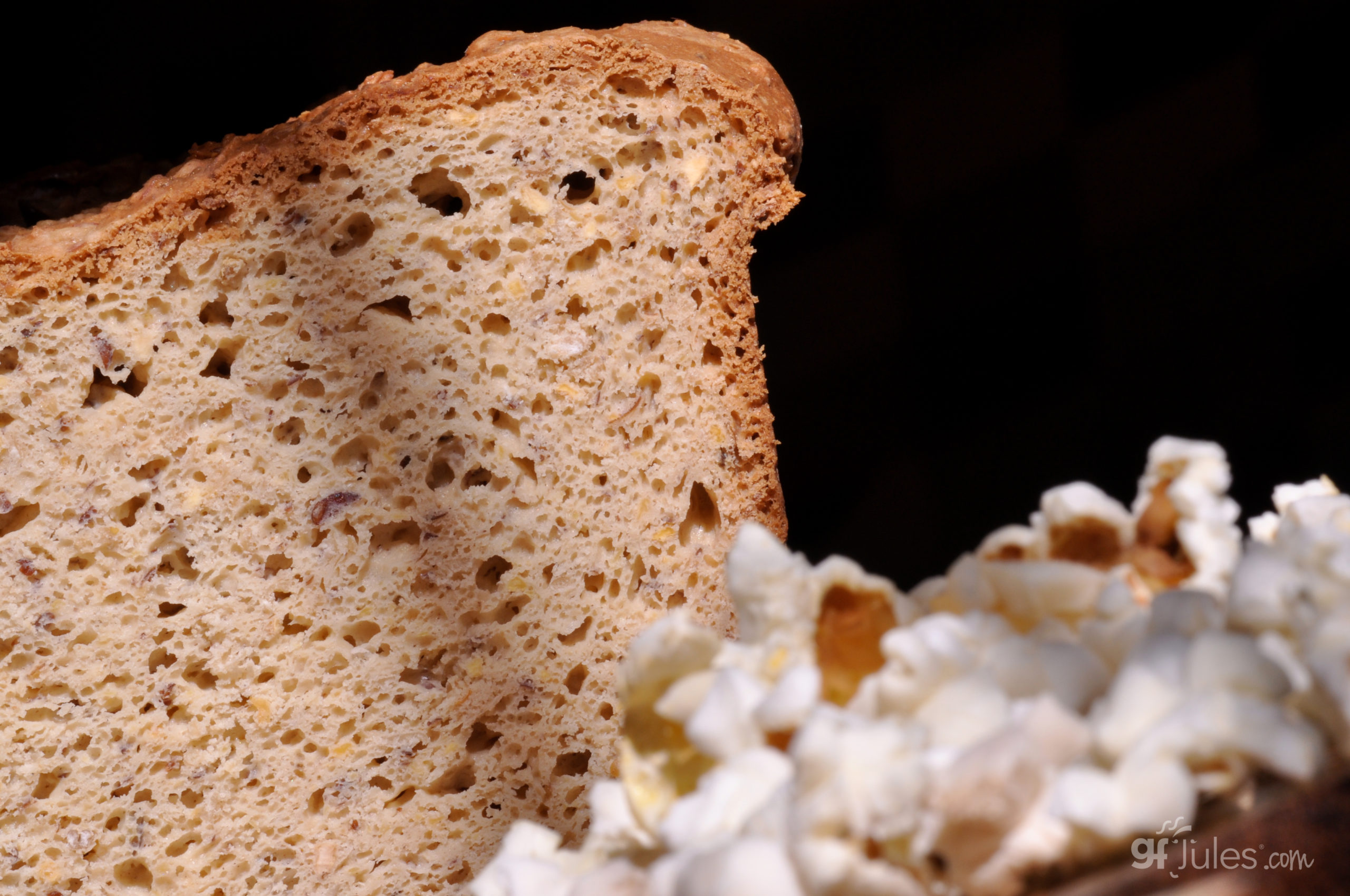
Gluten Free Popcorn Bread Recipe
Ingredients
- 1 cup popcorn flour (homemade – see below)
- 6 Tablespoons hot water
- 2 Tablespoons flax seed meal
- 2 eggs lightly beaten (or favorite substitute)
- 1 cup vanilla yogurt (dairy or non-dairy – like Silk® almond, coconut or soy yogurt)
- 1 teaspoon apple cider vinegar
- 3 Tablespoons extra virgin olive oil
- 3 Tablespoons light agave nectar OR honey
- 1 cup gfJules® All Purpose Gluten Free Flour
- 3/4 cup buckwheat flour OR brown rice flour OR millet flour OR sorghum flour
- 1/2 cup purity protocol gluten-free oat flour (or purity protocol certified gluten-free oats, processed into flour in a blender or food processor)
- 2/3 cup powdered milk (dairy or non-dairy – like coconut milk powder) OR buttermilk powder
- 1/2 teaspoon baking soda
- 2 teaspoons baking powder
- 1 teaspoon sea salt
- 2 1/4 teaspoons (1 packet) rapid rise yeast, gluten-free (Red Star® Quick Rise Yeast)
Instructions
To Make Gluten Free Popcorn Flour:
- Use a small bowl food processor or blender, as the popcorn is very light and will float away from the blade if given too much room in the bowl. Pulse until the popped popcorn is completely pulverized and relatively smooth.
Bread Machine Directions:
- Stir the eggs with a fork in a small cup to mix the yolks and whites together in a small bowl. Gather all other ingredients and plug in the bread machine, inserting the pan and paddle attachment.
- Sift dry ingredients (except yeast) together in a large bowl and set aside.
- Add all wet ingredients to the bread machine pan first. Add the dry ingredients next and make a well in the center for the yeast. Add the yeast last and set the machine to the gluten free setting or a setting with only one rise cycle and no punch-down.
- During the knead cycle periodically check to see that the dry ingredients have been fully integrated into the dough, scraping down the sides with a rubber spatula if necessary. Add any toppings like sesame seeds, sea salt, poppy seeds, etc. at the conclusion of the knead cycle. Check to be sure the internal temperature of the loaf has reached 205 -210º F before removing pan when the baking is completed.
- If necessary, add baking time on the machine or place the pan in a 350º F (static) oven and check at five-minute intervals to determine when it is fully cooked. Remove the bread to a cooling rack for 15 minutes, then gently remove the bread from the pan and slice when fully cooled.
Oven Directions:
- Sift dry ingredients (except yeast) together in a large bowl and set aside. Add hot water to flaxseed meal and once it becomes viscous, pour it into a large mixing bowl along with the eggs, yogurt, cider vinegar, olive oil and agave. Beat until well-mixed.
- Gradually stir in the dry ingredients and beat until incorporated. Add the yeast last and beat an additional 2-3 minutes, to ensure that the yeast is fully mixed into the dough.
- Scoop dough into an oiled loaf pan. Spray parchment paper with cooking oil or dampen a clean kitchen towel and cover the loaf, setting it aside to rise in a warm place like a warming drawer or an oven preheated to 200º F and turned off.
- Let the bread rise for at least 30 minutes, or until the bread has risen to the top of the pan, then bake in an oven preheated to 350º F (static) or 325º F (convection).
- Bake for 30 – 35 minutes, or until a toothpick inserted into the center comes out clean, it sounds hollow when thumped, and an instant read thermometer inserted into the center of the bread reads 205º F.
- Remove to a wire rack to cool for 10 – 15 minutes, then remove from the pan to cool completely before slicing. Store in a zip-top bag to retain freshness.
- Yields: 1 loaf
** Please keep in mind that nutrition information provided is per serving, which may vary. While we have taken care to provide you with the most accurate nutritional values possible, please note that this information may differ significantly depending on the exact ingredients and brands that you choose to use to make this recipe. Additionally, where options are given for ingredients, the resulting calculation may include all ingredient options instead of only one per line, skewing the totals significantly.
Pin for later!
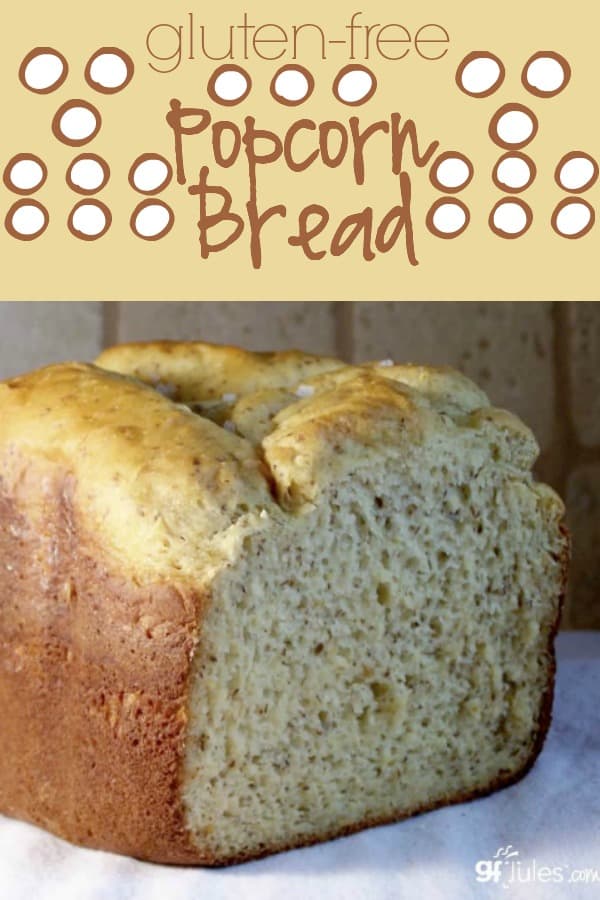
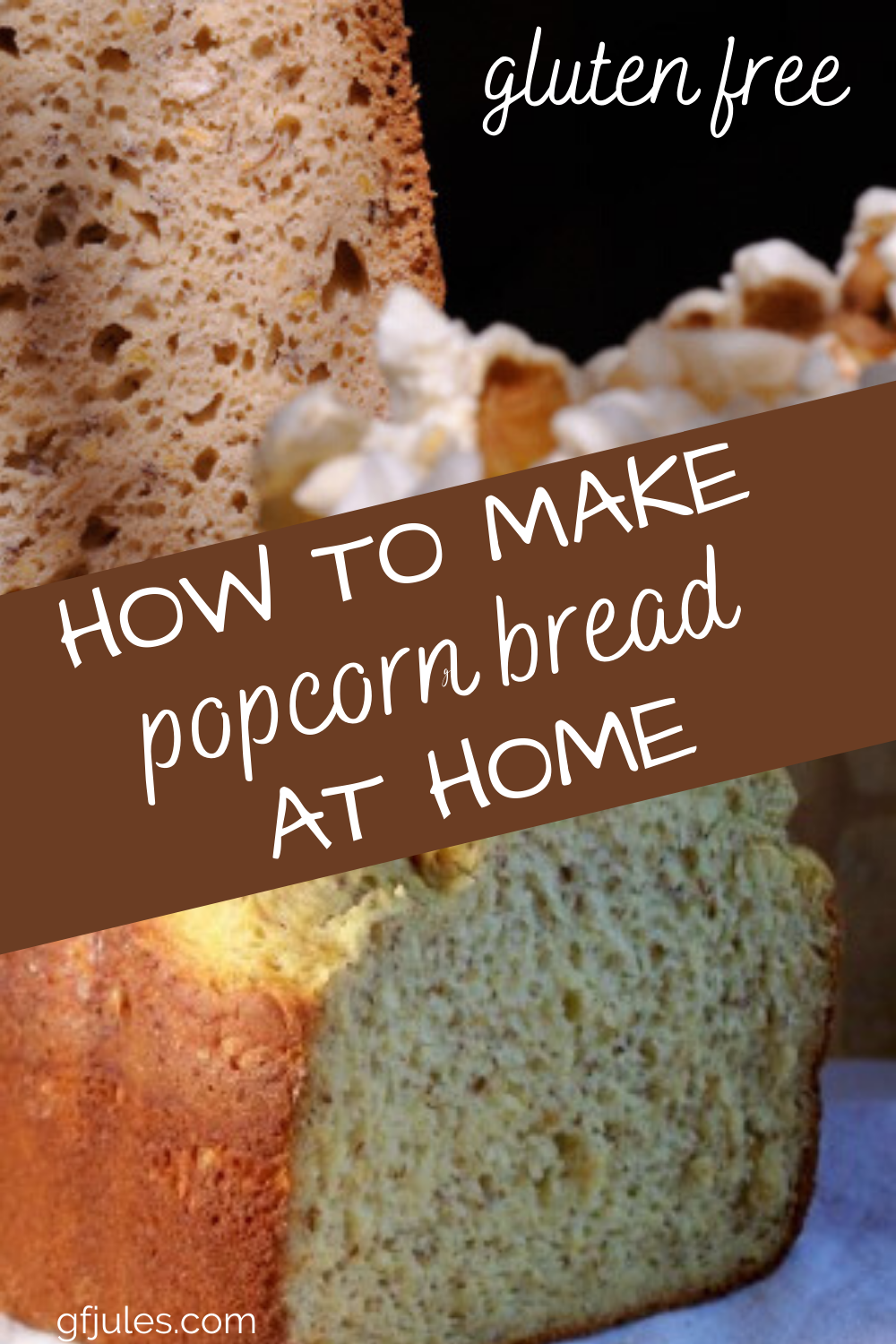


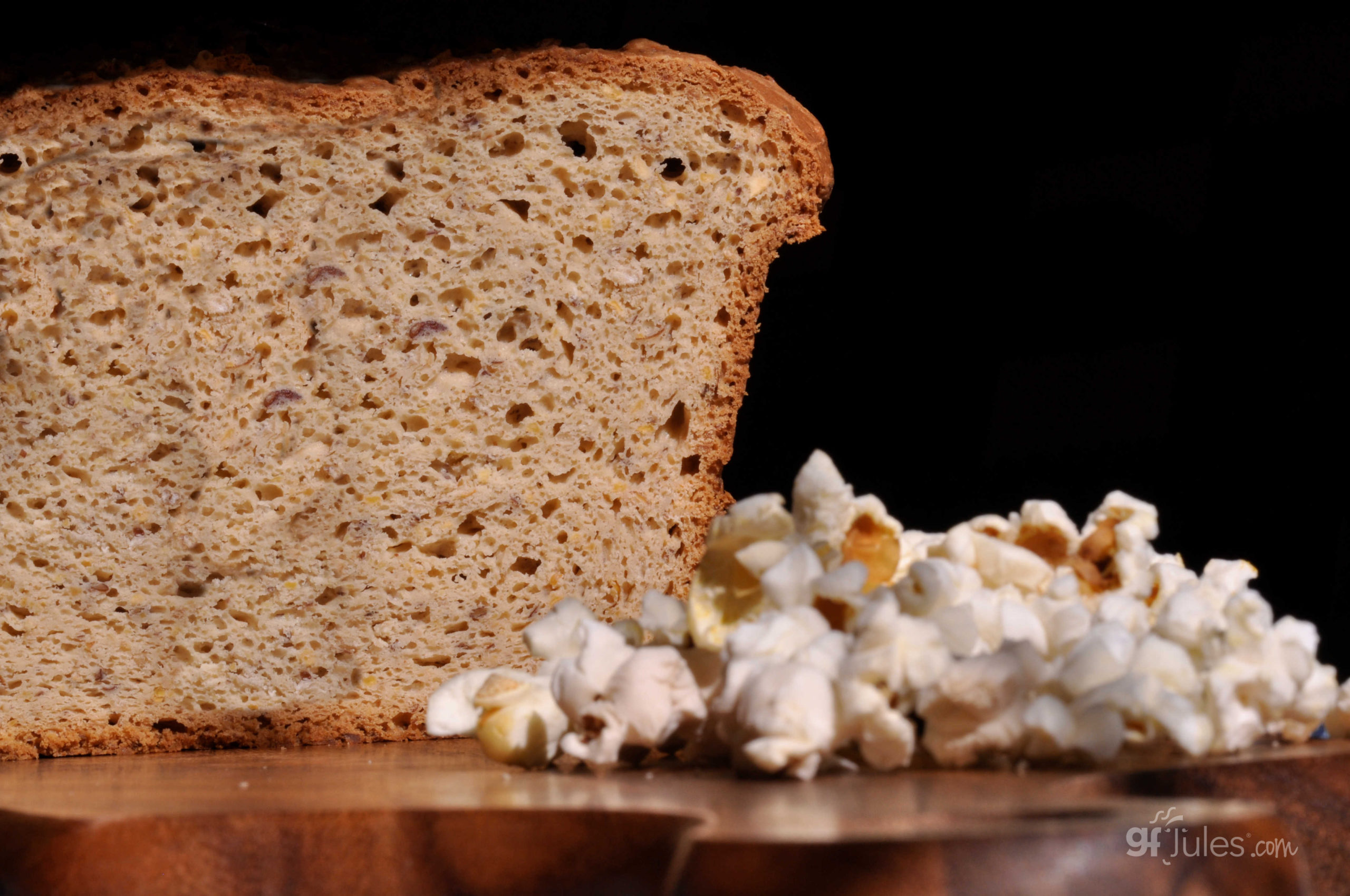
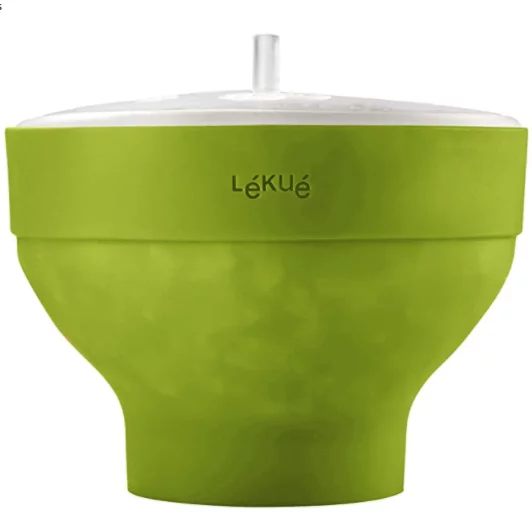











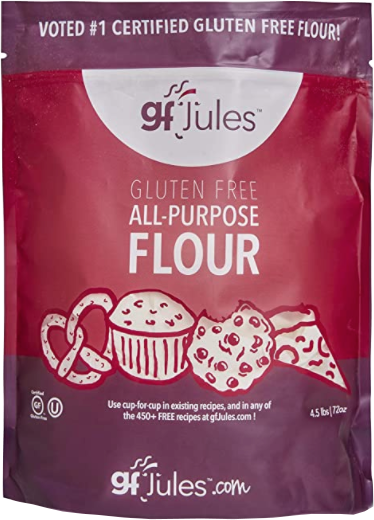
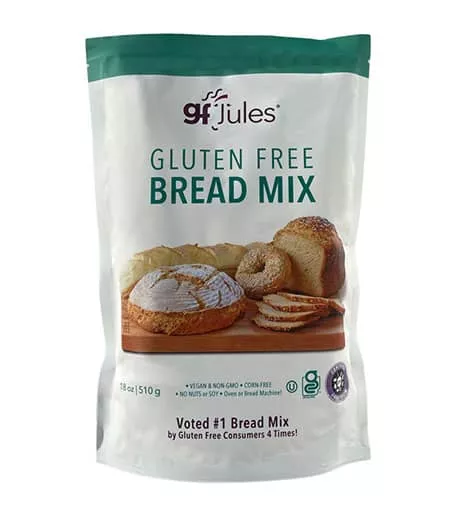

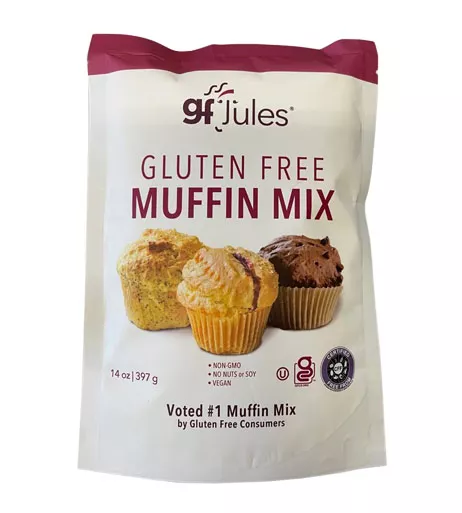


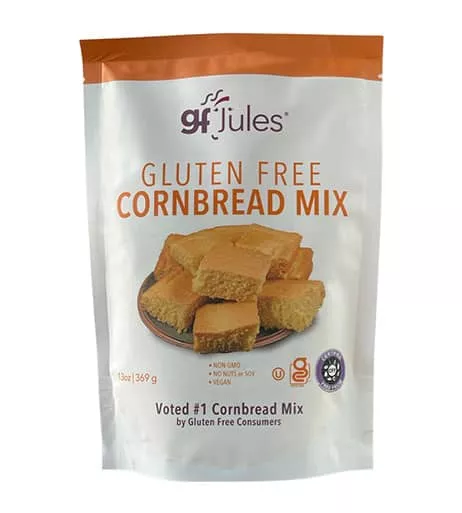



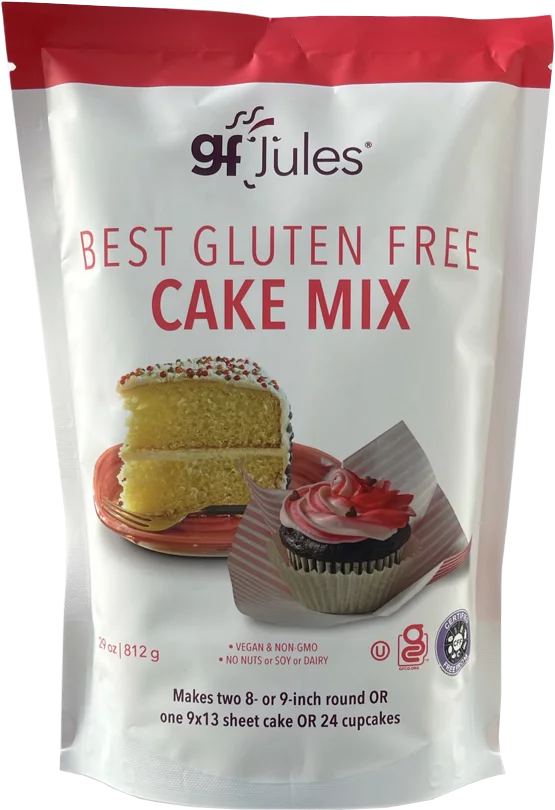
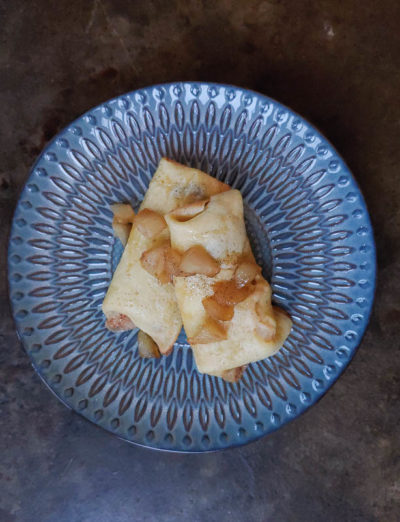
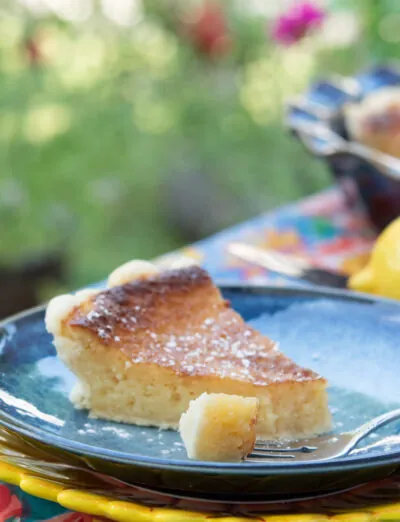
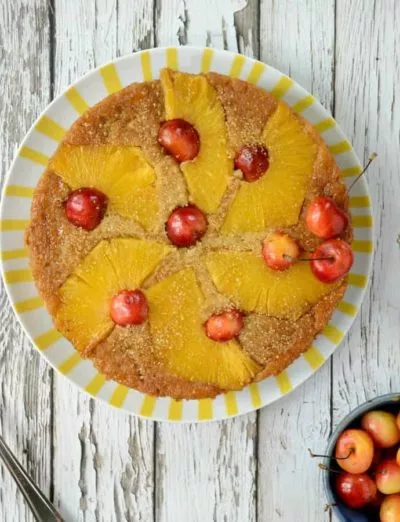
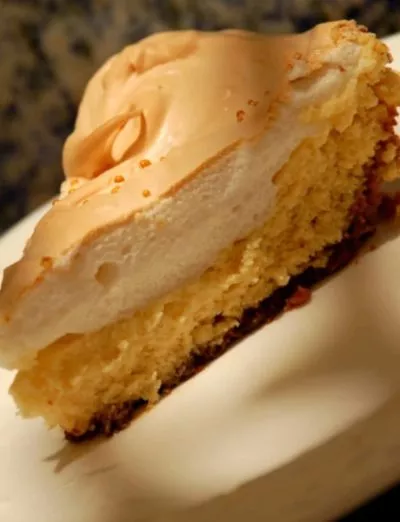







Very nice
I’m so disappointed. First of all, the dough did not rise much after 30 min but as it was baking it rose beautifully and smelled wonderful. After the first 30 min, I checked and the center was still very raw. Checking every 5 min for another 15 min, finally the center tester came out clean, the thermometer was 205 & the Crust was incredibly dark. As its cooling, the bread sank drastically. What’s wrong? I made no changes to the recipe. This is the 2nd time that I tried this. Why is it not working out?
Hi Janine, I’m sorry you’re having trouble with this recipe. There are lots of variables at play here. When you say that you made no changes to the recipe, can you tell me what you used for yogurt, flour, milk powder, etc? One thing you could try next time is to substitute a carbonated liquid like perrier, 7-up, gingerale or gluten-free beer for the yogurt. It is a much lighter and less dense wet ingredient and will give your bread a little lift with the rising. You also need to test your yeast to be sure it’s still good – try proofing it in 1/2 cup of that liquid (warmed) and a pinch of sugar to see if it’s going to react for you. If the crust looks like it’s getting dark too quickly while baking, simply cover it with oiled foil so the rest of the bread can bake and the crust won’t burn. I hope these tips help – let me know about your ingredients and we’ll see if we can get to the bottom of the problem!
~jules
This sounds like a great recipe, but I’m curious about the possibility of substituting juicer pulp for some of the flour ingredients.
Sounds interesting, Eric – tell me more of this juicer pulp substitution you’re proposing!
i want make no gluten or oat or any wheat, only almond or rice flour. no milk just coconut or almond. how can it adjust it?
Noemi, if I understand your needs accurately, you cannot do the oat flour. In this case, simply use buckwheat or brown rice flour in place of the GF oat flour. Coconut or almond yogurt will work in this recipe just fine, and for the powdered milk, either use Vance’s DariFree (potato based) or use almond meal in place of that ingredient. Hope that helps!
I also had a problem with this recipe not rising well. It was beyond dry, so I added fluid to make it more like a GF bread dough. Wonder if you meant to add 2/3 C dry powdered milk or possibly reconstitute the dry powder to make 2/3 C liquid milk? It tastes great,but is not a beautiful tall loaf as pictured. Sorry!
Bev, not sure why the mixture would be so dry, but it’s a good thing you were quick enough to realize you should add more liquid! The powdered milk should not be reconstituted, so that wouldn’t be the problem. Next time you try it, pay careful attention to be sure you didn’t add too much of a particular dry ingredient, and that you are using my all purpose flour, not another with different ingredients that might absorb more moisture from a recipe than mine would (brands with potato flour, for example, are notorious for sucking the moisture right out of the recipe). I’m glad it still tasted great – hopefully next time it won’t misbehave in the process, though!
I made this recipe yesterday, and it’s absolutely delicious. But even after an hour rising time mine did not rise above the level of the loaf pan to yield a nice, domed loaf like the one in the picture. The yeast I used was fresh; did I do something wrong?
Janet – I’m so glad that it tasted great for you. The issue of rising can be tricky, even differing by the weather. Did you cover the loaf as it rose (a warm, damp tea towel works well)? Was it in a warm, moist environment to rise? Did you use instant/quick yeast? Did you use Vance’s Dari Free or another milk replacement? Did you use my premixed All Purpose Blend, or make or buy another?
If you feel that all these bases were covered, you could add an extra teaspoon of yeast, you could add another 1/2 teaspoon of instant yeast, & you can let it rise even longer.
Again, the key is that it tasted great for you – the rising part can be tweaked!
It’s in the oven now, looks beautiful, can not wait!! Thanks! Smells great, too. Shared this recipe on Facebook, I have lots of GF friends.
Can I make this like Irish Soda Bread…no yeast involved?
Kim, I would go with a soda bread recipe. Try this one: Irish Soda (beer) bread! (if you can’t do the GF beer, you can use another carbonated beverage instead).
thank you
Could I use a local hard cider instead of the gf beer in the soda recipe, as that is what I have on hand? Just want to make sure I won’t make it taste funny, lol! Thanks Jules!
Kim – is your hard cider carbonated? That’s one of the keys to making that recipe work well!
Your recipes are good and I appreciate them…but here’s the issue…alot of your mixes contain ingredients that my family can’t have. I make my own flour mixes and most everything else because of this…
I understand that you need to make a living…but is there some way that you can put a sub in for those of us who can’t do the mixes.
tia
Ronni
Hi Ronni, I appreciate that not everyone can enjoy all the ingredients in my flour blend, but it’s the one I use to develop my recipes, so I know it works. In order to address these food allergen concerns, I wrote the book, Free for All Cooking. In it, I give loads of subs to make your own mix at home that avoids all the food allergens in any given family. I’d strongly suggest looking at these recipes, as the proportions of bulk:starch flours of these homemade blends are similar to my pre-made mix. I know it sounds funny to say that all gluten-free flour blends perform differently, but truly, they do. Some don’t have any binders like xanthan or guar gum; others use lots of heavy flours or flours which leave a funny aftertaste (like bean flours); some require more liquids added to the recipe … at any rate, they all perform differently, so you can’t just sub any other blend and expect the same results. I hope this helps you to understand that it’s not about making a living, but about me being only one person, who only has time to develop recipes using one flour. Happy baking to you!
I don’t have your own flour mix because I like to make my own. It’s dissapointing to me that all of your newest recipes call for it. Is it necessary for all your newest recipes to come out right, to only use your new flour mix?
Hi Nancy, if you are using any of my recipes to make your own flour, they will turn out fine. The issue is that all blends are different, and the proportions need to be roughly the same to come out. Are you using homemade flour blend recipes from Free for All Cooking, or my other books?
I have your book Free For All and use the flour blend in that book in those recipes. I haven’t made any of the recipes on this website that calls for your new flour blend with expandex because I didn’t think they would come out right with any other GF flour blend.
Nancy – you’ll be fine to make your own flour from my recipe in Free for All Cooking. The results will differ some, but they should still turn out for you. Hope that helps!
I’m so happy to see that I can make this recipe in my bread machine – I’m going to make it this weekend. Thank you!
I’m not sure if I have buckwheat or brown rice flour. Would spelt flour work just as well do you think?
Meredith, spelt flour contains gluten, so I don’t use it in my baking at all. If you are gluten-free, you need to take that out of your diet as well!
Sounds great. Just want to know what size loaf pan would work best when making this bread in the oven.
Hi Diane, a standard bake pan (9 x 4 – ish) should work fine!
If the bread is as good as the picture depicts it, this will be delicious. I can’t wait to share this with my blog readers. I’ll share on Facebook too. Thank you!!!!
Can we use your pre-made bread mix instead of mixing all the different flours? I have several bags of it but none of the other flours.
thanks!
Michelle – the proportions are all different in this recipe from the bread mix. It was a good thought, though! Do you have gluten-free oats? You can make your own oat flour as well and use that for the proportion of buckwheat or brown rice flour, so you’d only need my flour, popcorn flour and oat flour. Does that help?
Can you leave out the flax seed meal/water and just add an extra egg?
Rene – yes you can, but in this recipe, you would take out the 6 Tbs. water + 2 Tbs. flax seed meal and sub in TWO eggs. Enjoy!
Can this be made without a bread machine?
Cheryl – absolutely! Just follow the Oven Directions instead of the Bread Machine directions. Enjoy!
Can this be modified to be oat free as well?
Sure Anne, just use another whole grain gluten-free flour like sorghum, buckwheat or even almond meal!
Can this be made egg free?
Tammy, you could up the flaxseed + water combo that is already in this recipe by adding 6 more Tbs. water and 2 more Tbs. flaxseed meal. Total would be 12 Tbs. water + 4 Tbs. flaxseed meal. it’s not ideal, but it would probably work out for you here. Let me know how it goes!
Made this bread today. Turned out great. Love it.
So glad you loved the recipe, Cheryl!